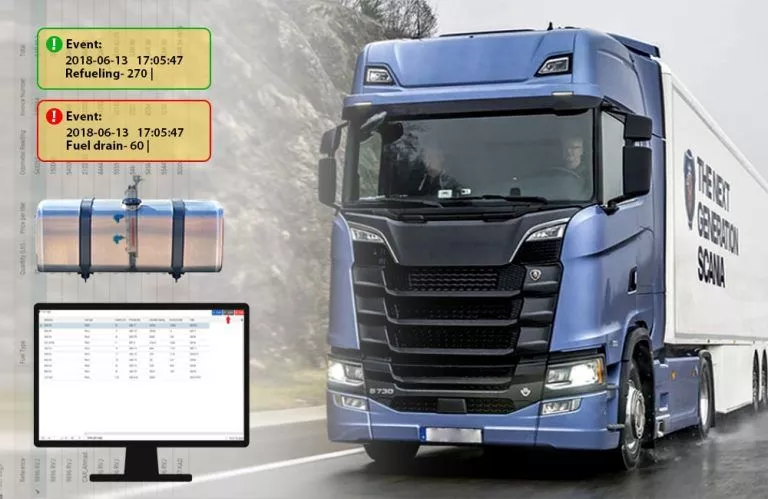Fleet Fuel Management with Telematics: A Solution Worth Considering
What is fuel level sensor and how does it operate?
A fuel level sensor is a gadget that determines how much fuel is left in vehicle’s tank. It helps you to log and gain powerful insight about your fuel consumption and how it contributes to asset operating costs. With a click, you can identify high consumption vehicles and allocate them based on their usage.
Connecting the fuel level sensor to the telematics system is of paramount importance. Once connected, the data from the sensor is transferred to the Eagle-I dashboard which then compute and analyze the fuel usage.



